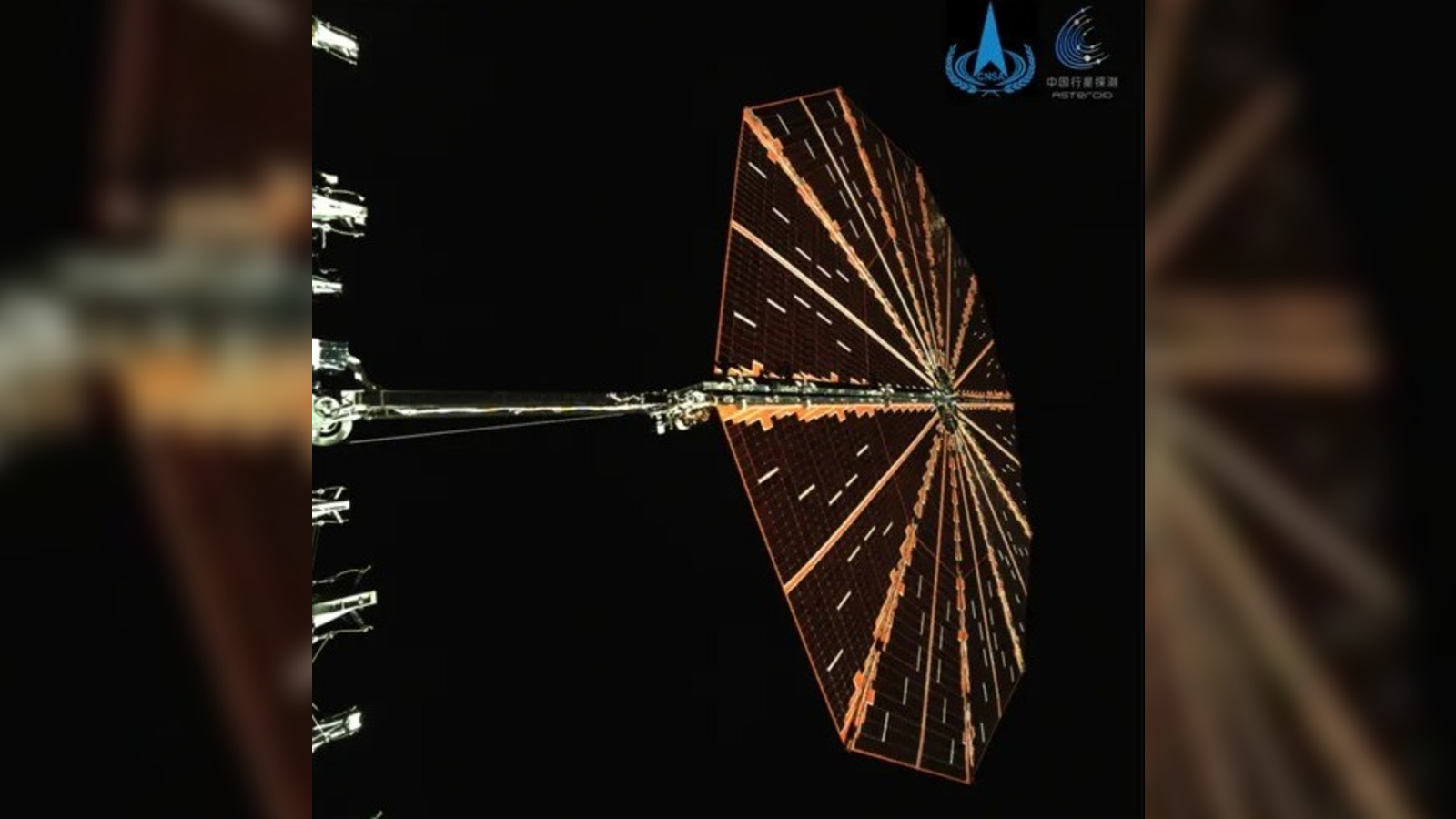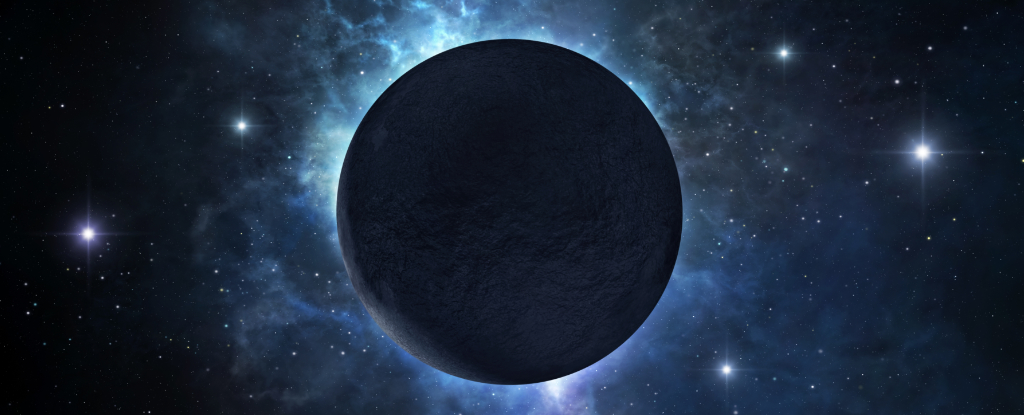China's Tianwen 2 Spacecraft Takes First Image as It Approaches Quasi-Moon

The highly anticipated first image of China's Tianwen 2 spacecraft has been unveiled, showcasing a glimpse of one of its unique 10-sided solar panels. The probe is currently located approximately 2 million miles away from Earth, embarking on a groundbreaking mission that aims to collect samples from a celestial body known as a "quasi-moon."
Chinese officials announced this significant milestone just two weeks after the spacecraft was launched into space. The Tianwen 2 mission is not only crucial for advancing our understanding of space but also demonstrates China's rapidly growing capabilities in space exploration. The spacecraft bears a striking resemblance to NASA's current spacecraft, indicating a competitive spirit in international space exploration.
The launch took place on May 29, 2023, at 1:31 a.m. local time when the Tianwen 2 probe was lifted into orbit aboard a Long March 3B rocket from the Xichang spaceport situated in southwestern China. This launch was particularly secretive; the China National Space Administration (CNSA) did not provide a live stream and only confirmed the successful liftoff approximately one hour post-launch.
Upon reaching its destination, the Tianwen 2 spacecraft is scheduled to conduct a close approach to the asteroid 2016 HO3, commonly referred to as Kamo'oalewa, in July 2026. Kamo'oalewa, which translates to "oscillating celestial object" in Hawaiian, is notably characterized as a quasi-satellite of Earth. This means it orbits the sun in sync with Earth, creating a complex gravitational relationship that allows it to circle our planet without being permanently bound to it. Ultimately, Kamo'oalewa is projected to drift away from Earth's gravitational influence in the distant future.
The recent announcement on June 6 revealed not only the successful operational status of the probe but also its remarkable distance—1.9 million miles (about 3 million kilometers) from Earth, which is roughly eight times further than the moon. Accompanying the update was the first image of one of the craft's solar panels, showcasing its intricate design as it stretches into the vastness of space.
Interestingly, the Tianwen 2 probe shares design similarities with NASA's Lucy mission spacecraft, which also features decagonal solar panels and is on a journey to explore the Trojan asteroids that orbit around Jupiter. In contrast, the earlier Tianwen 1 spacecraft, which successfully delivered the Zhurong Mars rover to the Red Planet in 2021, had rectangular solar panels, highlighting the innovation in design seen in the new Tianwen 2 mission.
If Tianwen 2 successfully collects samples from Kamo'oalewa, it is scheduled to return these asteroid fragments to Earth during a close flyby in late 2027. This process echoes the successful sample-return mission conducted by NASA's OSIRIS-Rex, which recently landed samples in the Utah desert in September 2023.
After its primary mission, Tianwen 2 will embark on a secondary mission to visit 311P/PanSTARRS, a comet-asteroid hybrid located in the asteroid belt between Mars and Jupiter, expected to occur around 2035. This ambitious mission highlights China's ongoing commitment to exploring and understanding our solar system.
To give context, Kamo'oalewa is estimated to be between 130 and 330 feet (40 to 100 meters) wide and can come as close as 2.9 million miles (4.6 million kilometers) from Earth. Its unique orbit around our planet, which takes approximately 45 years to complete, suggests it may be a fragment of Earth's moon that was ejected during a significant meteor impact millions of years ago. Remarkably, Earth has six other known quasi-moons that share this peculiar behavior, often referred to as "minimoons," which temporarily orbit our planet for brief periods, typically lasting less than a year.
In conclusion, the Tianwen 2 mission is a landmark initiative for China, reinforcing its position in the space exploration arena and paving the way for future endeavors in the quest to uncover the mysteries of our solar system.




























